The last decade has seen an explosion of incredible space discoveries that have revolutionized our understanding of the universe around us. From the first-ever image of a black hole to the discovery of Higgs Boson, the past ten years have been a remarkable time for space exploration. Here we take a look at ten of the greatest space discoveries of the past decade and the incredible impact they have had on our perception of the cosmos.
10- Water on Mars
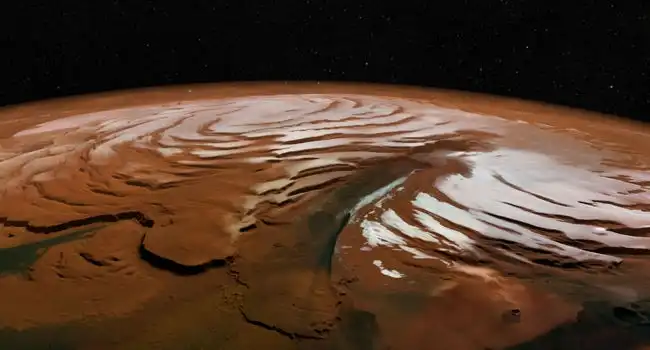
Photo Credit: Phys Org
Space exploration has revealed that water exists on Mars. Scientists have identified evidence of ice and liquid water on the planet’s surface. Analyses of data from the Mars Reconnaissance Orbiter and other missions have revealed the presence of hydrated minerals. In 2015, researchers announced the discovery of a large body of liquid water beneath the Martian South Pole. This new discovery is an exciting step forward in our understanding of the Red Planet. Additionally, the presence of liquid water on Mars could indicate the potential for life. The implications of this discovery are immense. Scientists are now exploring how to safely extract water from Mars and use it to sustain human life. This research could open up a new era in space exploration and human presence on the Red Planet.
9- First Earth-like Exoplanet
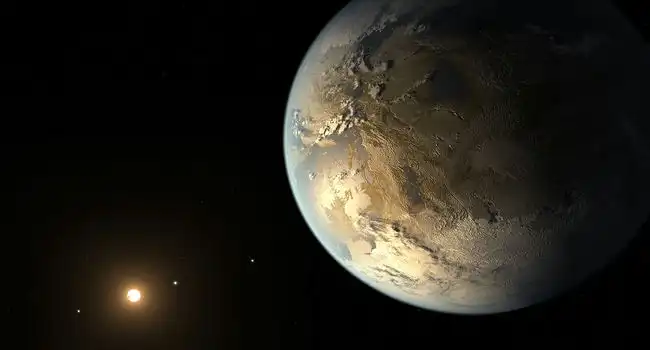
Photo Credit: Webb Telescope
In 2014, scientists discovered Kepler-186f, the first Earth-like exoplanet. This groundbreaking discovery marked a major milestone in space exploration. Astronomers used the Kepler Space Telescope to detect the planet orbiting a star 580 light-years away. The planet is only around 10% larger than Earth and receives only 33% more sunlight than our planet. It has a temperate climate, with a year lasting 130 days. Kepler-186f is also believed to be rich in water, giving scientists hope that it may be hospitable to life. This discovery sparked a renewed interest in finding other Earth-like planets.
Since then, astronomers have found thousands of exoplanets, including other Earth-like planets. This has opened up a whole new field of study, with scientists now able to explore the possibility of life in the universe. This discovery has also inspired a new generation of space explorers, who are now looking to find even more Earth-like planets. The discovery of Kepler-186f has opened up a new era of space exploration, and we can only guess at the amazing discoveries it will bring.
8- Landing on a Comet
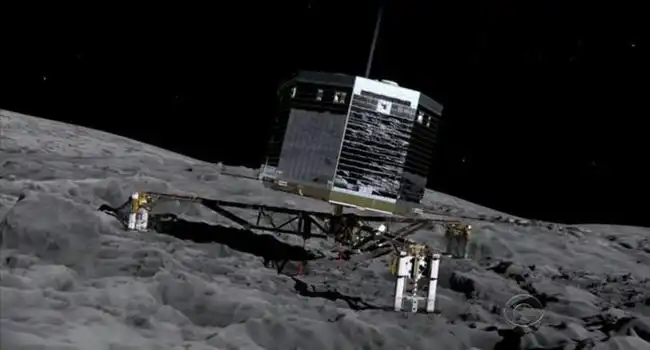
Photo Credit: CBS News
The European Space Agency launched Rosetta, along with its lander module Philae, on 2 March 2004. During its journey, Rosetta performed flybys of Earth, Mars, and asteroids 21 Lutetia and 2867 Šteins as part of the Horizon 2000 program. On 6 August 2014, Rosetta reached comet 67P/Churyumov–Gerasimenko and maneuvered to an orbit of 30 to 10 kilometers. On 12 November, Philae made the first successful landing on a comet. After two days, its battery power ran out, but communications were briefly restored in June and July 2015. On 27 July 2016, Rosetta shut off its communications module with the lander, and on 30 September 2016, the spacecraft ended its mission with a hard-landing on the comet.
7- First Interstellar Comet
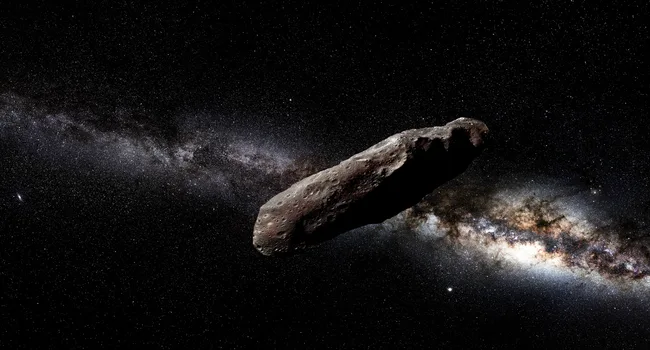
Photo Credit: Smithsonian Mag
In 2017 Astronomers discovered the first interstellar comet: Oumuamua. Its unique shape and unusual trajectory have revealed that it originates from beyond our Solar System. This discovery has opened the possibility of further interstellar objects. Its path through our Solar System has revealed clues about its origin. It is estimated that it is around 400m in length, and 10 times as long as it is wide. Its rotation rate is around once every 7.3 hours. It is travelling at an incredible speed, around 200,000km/hour. Its colour is similar to objects found in the Kuiper Belt, indicating that it is composed of icy material.
It is believed to have formed in the inner regions of a distant star system. Its hyperbolic trajectory has allowed it to escape the Sun’s gravitational pull and continue its journey. Comet’s unusual composition and trajectory indicate that it is a fragment from a larger body. Its discovery has deepened our understanding of the interstellar medium and its contents. This unprecedented discovery has opened up a new era in space exploration.
6- Rover on Mars
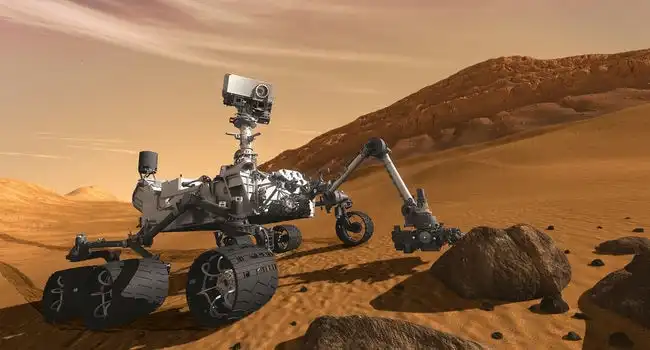
Photo Credit: Wikimedia
NASA’s Curiosity Rover made remarkable discoveries on Mars since 2012. Its mission was to explore the Red Planet’s environment and geology and search for signs of life. The rover is equipped with a variety of sophisticated instruments, such as a robotic arm, a camera, a drill, and a spectrometer. Its findings have helped scientists paint a clearer picture of the planet. Its discoveries include evidence of ancient lakes, evidence of organic molecules, and the presence of methane in the atmosphere. Curiosity has also taken stunning photos of the Martian landscape, giving us a glimpse of what the planet looks like from the surface. The rover has even discovered complex minerals that suggest that the planet was once much warmer and wetter than it is today. Its discoveries will no doubt continue to shed light on the planet’s history and potential for life.
5- Black Hole
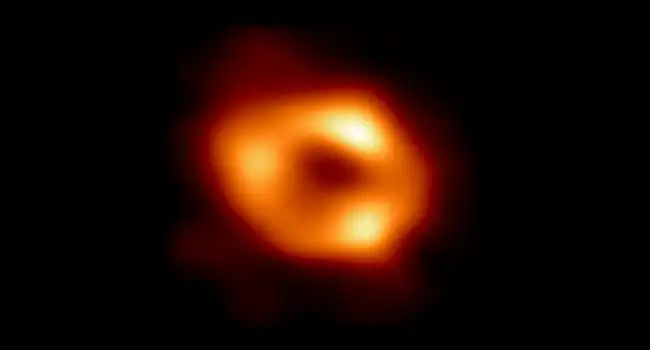
Photo Credit: ESO
The world was captivated when the first ever image of a black hole was released – a supermassive one located at the centre of the Messier 87 galaxy, 55 million light-years away. Scientists used a network of eight radio telescopes around the world to capture the image. Data from the telescopes was combined to create a virtual telescope as wide as the Earth itself. This technique, known as Very Long Baseline Interferometry, allowed scientists to observe the black hole’s ‘shadow’. The data was then processed using algorithms to produce the image we now see. This marks a major milestone in astronomy, giving humanity its first glimpse of the mysterious phenomena. The image of the black hole is a testament to the power of collaboration and technological advancement.
4- Voyager Still Going
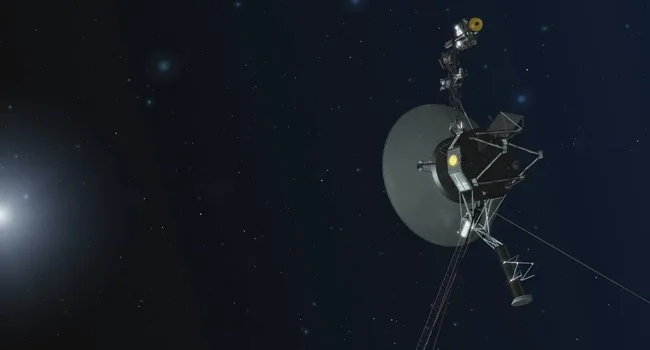
Photo Credit: Smithsonian
Voyager continues its incredible journey through the outer reaches of the Solar System. It has been over four decades since Voyager 1 and 2 were launched in 1977. Despite the incredible distance that they have travelled, both spacecraft are still functioning and sending back data. Despite the challenging conditions they face, they continue to explore uncharted territory, gathering data and sending back images that help us to understand the outer reaches of the Solar System.
Voyager 1 is now in the outermost reaches of the Solar System, having left the Solar System’s heliosphere. It is the first spacecraft to explore interstellar space and continues to travel further away from the Sun. Meanwhile, Voyager 2 is travelling through the outer Solar System, gathering data on the magnetic fields, plasma, and charged particles that make up the environment outside the heliosphere.
3- Higgs Boson
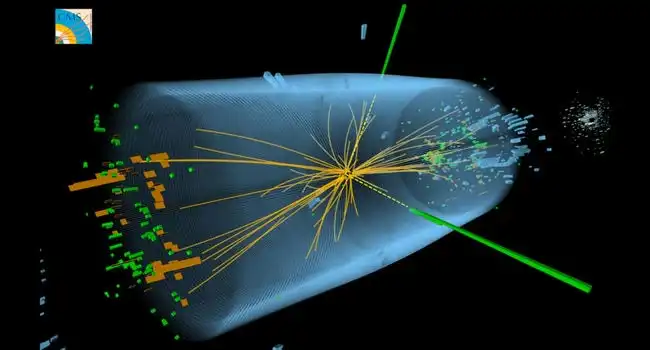
Photo Credit: CNN
Space exploration has unlocked a wealth of knowledge and incredible new discoveries. The Higgs Boson, discovered in 2012, is one of the most remarkable. It explains why some particles have mass, and was predicted by scientists over 50 years ago. Its discovery has opened up a new world of possibilities in the field of particle physics. It has been hailed as one of the greatest breakthroughs in modern science. Through the use of powerful particle accelerators, scientists have been able to observe the Higgs Boson in action. The Higgs Boson is believed to be the fundamental building block of the universe.
Its properties have helped to shape the universe as we know it today. By studying the Higgs Boson, scientists can gain a better understanding of how particles interact with each other and how matter gains its mass. Through the study of the Higgs Boson, researchers can gain insight into the nature of space and time. This will help us to better understand the universe and its origins. The discovery of the Higgs Boson is a huge step forward in understanding the fundamental structure of the universe.
2- Cosmic Inflation
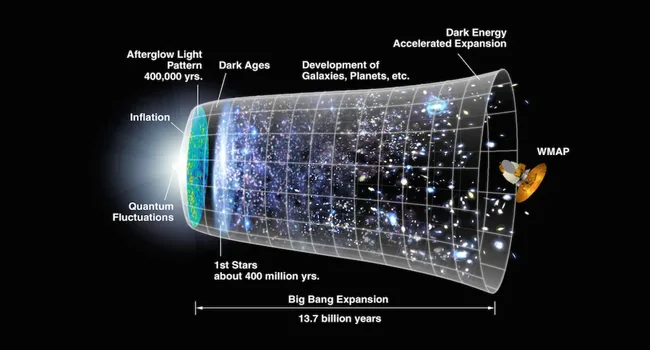
Photo Credit: Gizmodo
On March 17th, 2014, the first evidence of cosmic inflation was discovered. This phenomenon is believed to be responsible for the rapid expansion of the universe. It involves a rapid increase in the size of the universe during its initial moments. The discovery of cosmic inflation was made using the BICEP2 telescope at the South Pole. The data collected by the telescope showed faint signatures in the cosmic microwave background. This data was then used to measure the cosmic inflation rate. It was found that the rate of inflation was faster than expected. This discovery has led to new theories about the origin of the universe. It can also help us to gain insight into the earliest stages of the universe, when it was just a few seconds old.
1- Gravitational Waves
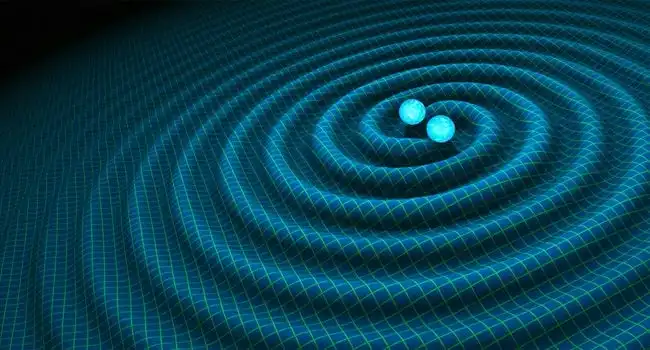
Photo Credit: Weather
Gravitational waves were first theorized by Albert Einstein in 1916. Since then, scientists have been working to detect them. On February 11th, 2016, the Laser Interferometer Gravitational-Wave Observatory (LIGO) detected the first gravitational waves. This historic discovery has created a new field of astronomy, allowing us to explore the universe in a new way. Gravitational waves are ripples in space-time created by massive cosmic events like the merging of two black holes or a supernova. As these events occur, they send out a wave of energy that can be detected by instruments like LIGO.
The detection of gravitational waves allows us to explore the universe in a new way. By studying the waves, we can learn more about the events that created them, like the mass and size of black holes or the rate of expansion of the universe. We can also use the data to search for new phenomena, like the hypothesized “primordial” gravitational waves created shortly after the Big Bang.


